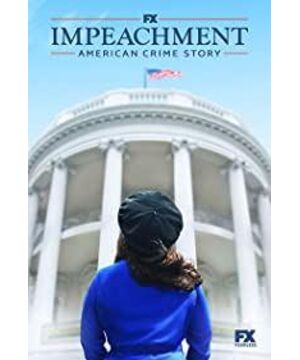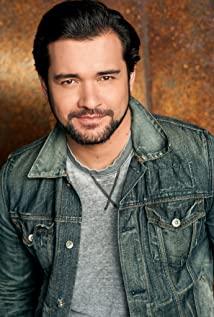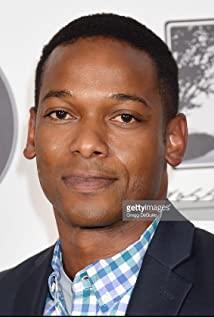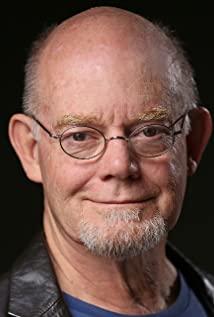A person's reaction at the beginning of the incident is the closest to the truth, and the evidence is the most reliable (because there is no forgery time), and the longer the matter drags on, some evidence may be fabricated. After the incident, Oj attempted suicide as soon as he was listed as a suspect, which is not in line with the behavior of a wronged person, but more like suicide in fear of crime.
Suicide and absconding are in line with the actions of criminals.
Polygraphs showed he killed; scene and blood evidence showed he was there when the victim died; there was blood on the scene and he was wounded.
In terms of psychology, behavior, and on-the-spot evidence, point to him consistently.
The later process of overturning the case: first, the police officer in charge of the case was racist, which was used as a reason to make the evidence at the scene unreliable; then to catch the loopholes of the prosecution witnesses, if it was not racism or it might not be possible to testify for money.
This process requires a lot of money, more money and more resources and manpower to attack the other side, and to unite more people with explicit and implicit interests.
The truth of the matter no longer determines the outcome, but which side will bring greater social benefits and which side will win
a huge reputation, representation, community, and more and more investment, making people involved in this event Far more than just a few families involved.
An acquittal becomes necessary when it is not in the combined interests of the parties involved to convict him.
View more about American Crime Story reviews











